The Paralympics: Everything You Need to Know About Celebrating Adaptive Sport
Table of Contents
Introduction
The Paralympics speak to human resilience and determination and athletic prowess. From its humble beginning as a rehabilitative activity meant for World War II veterans, the Paralympics has become one of the most important sporting events the world has ever witnessed-incredible talents of athletes with disabilities. Besides being the testament to competitive spirit, these games also play an important role in carrying out disability awareness and inclusion worldwide. This exhaustive guide explores the history, values, structure, and effects of the Paralympics in communality and revere in this movement’s journey and achievements.
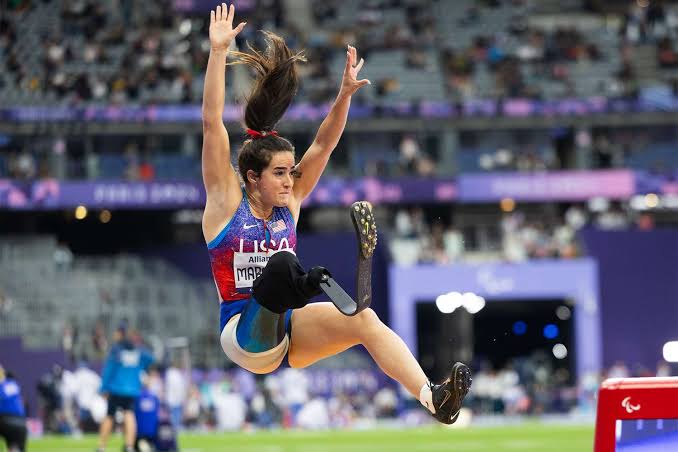
History of the Paralympics
Origins and Early Development
The idea of the Paralympics was born back in 1948, when Sir Ludwig Guttmann organized sports games for British World War II veterans with spinal cord injuries. This event held at the Stoke Mandeville Hospital in England took place simultaneously with the 1948 London Olympics and sparked a movement that would expand exponentially in the decades that followed. The Stoke Mandeville Games harnessed sports as a rehabilitation as well as social re-integration medium for disabled veterans.

Key Dates and Events
There were 400 athletes from 23 countries participating in eight sports in the very first formal Paralympic Games. It marked an important milestone – the integration of Paralympics as a standard, regular international sporting event. The first Winter Paralympics was launched in 1976 at Örnsköldsvik, Sweden as a continuation of games but of winter games. Over time, the Paralympics has grown with the Tokyo 2020 Paralympics hosting 4,400 athletes coming from 162 countries with a representation in 22 sports.

Paralympic Values and Objectives
Core Values
The Paralympic movement is driven by four key principles: perseverance, fairness, motivation, and bravery. These capture the spirit of the games as well as the athletes involved-never give up and bring social change.
Objectives of the Paralympic Movement
The three key goals of the Paralympics are: to enable athletes with a handicap to achieve sporting excellence; to inspire and excite the world through the Paralympic Movement; and to promote equality and inclusivity throughout. It aims for societal change in the perception about disability so that individuals are ranked according to their abilities instead of handicaps.
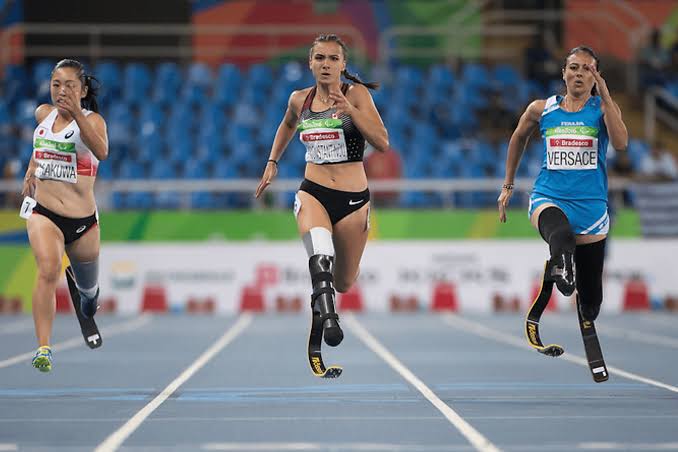
Organizational Structure
International Paralympic Committee (IPC)
The IPC is the International Organization that governs the Paralympic Movement all around the world. It was created in 1989 and is known to organize Paralympic Games and promote the practice of disability sports throughout the world. The IPC is based in Bonn, Germany, and works alongside international sports federations, among others, and National Paralympic Committees to permit the proper running and development of the Paralympics.
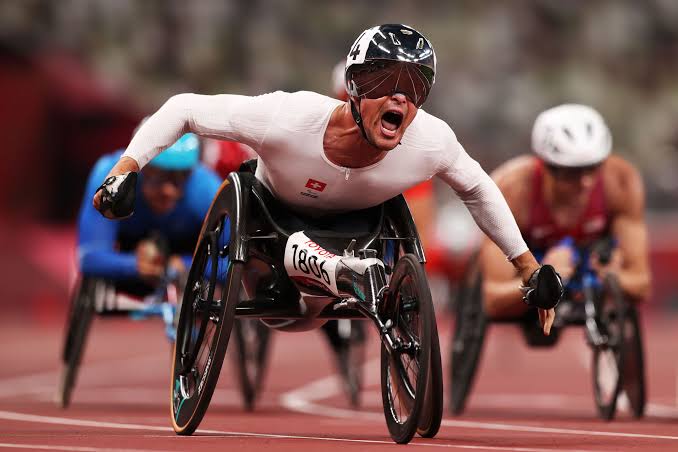
National Paralympic Committees
National Paralympic Committees exist in virtually every country, responsible for the development and management of Paralympic sport in that country. They are responsible for selecting and preparing the national teams that go to the Paralympic Games, supporting athlete education and training, and maintaining national disability sport at the grass roots and development levels.
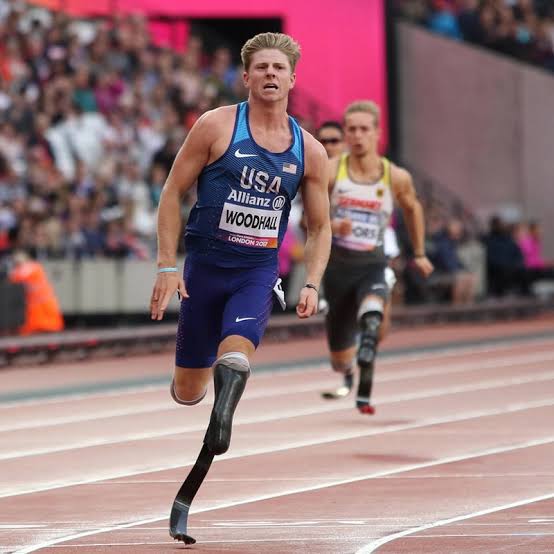
Classification System
Purpose and Principles
This means that in the Paralympics the competition is made fair by classifying people into categories on the basis of the impact of an impairment on a person’s ability to compete in a particular sport; which helps in minimizing the effect of disability on the outcome of the competition. That way, sporting activities can be well competed.
Categories and Classifications
There are basically three categories of athletes and they include physical impairments, intellectual impairments, and visual impairments. Each category breaks into classes based on the specific nature and severity of the impairment. For instance, classifications in athletics vary from T11 for totally blind to T46 where athletes have impairments in limbs.
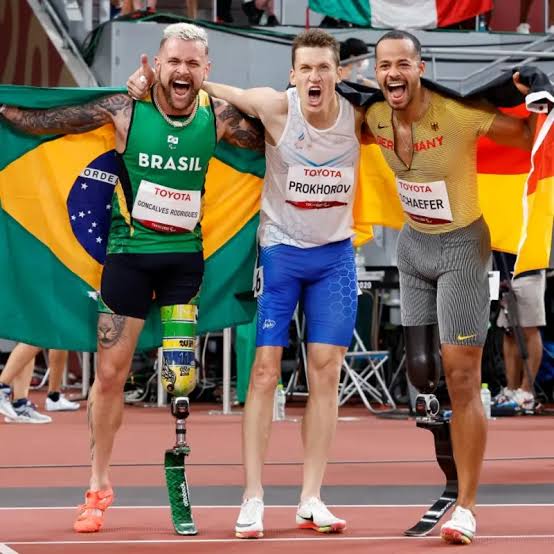
Major Paralympic Games
Summer Paralympics
The Paralympics Summer is one of the biggest events and the most diverse, spread of activities: athletics, swimming, wheelchair basketball, sitting volleyball, among many others. This event is held every four years, and it has increased in numbers and prestige, bringing along the best of athletes in every corner of the globe.
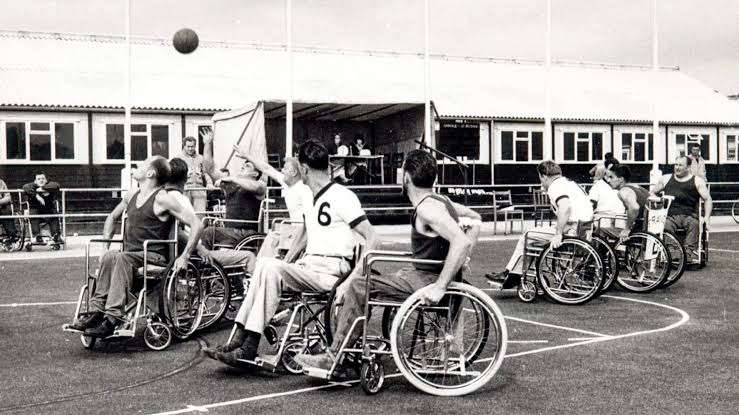
Winter Paralympics
The winter Paralympics are competitions held every four years since 1976, with disciplines in skiing, cross-country skiing, biathlon, and wheelchair curling. Not as large as the scale of the Summer Paralympics, yet, the Winter Paralympics tell stories of endurance and fitness under harsh conditions.

Famous Paralympic Winners
Inspiring Talents
Many Paralympians have brought world awareness to their outstanding performances and inspiring histories. For instance, British wheelchair racer Tanne Grey-Thompson has won 11 gold medals from five Paralympics. Oscar Pistorius is another athlete for historic reasons because he is the first runner who, with his powerful legs, will race at once in both the Paralympic and Olympic Games as a South African sprinter.

Record-Breaking Performances
Paralympians constantly push boundaries on what is considered possible, break records and redefine ideas of athletic excellence. Trisha Zorn, an American swimmer, holds the record with most medals won at the Paralympics with 55 medals composed of 41 gold medals. Their performances speak to their dedication, skills, and determination.

Paralympics and Media
Development of Media Coverage
Media coverage of Paralympics has developed enormously over the years. What earlier was a very minimal highlight for the games eventually picked up due to greater efforts by the IPC and the broadcasters. Today, such events are highly covered by major networks and live streams globally.
Role of Social Media
Social media has been the most influential in increasing the coverage of the Paralympics. The utilization of Twitter, Facebook, and Instagram media platforms gives athletes and fans the chance to feel and express their activity, follow live events, and engage with the rest of the Paralympic fraternity. Increased coverage brings attention to the actions of Paralympic sportspersons and the values propagated by the movement.
Adaptive Sports Technology
The influence of technology is being profoundly seen in the adaptive sports industry. Technology has affected the construction of sports, improved physical fitness, and had more diversity.
Technological change can thus be said to be one of the drivers that have changed over time in the evolution of Paralympics, with adapted sports technology being put into place where athletes can get unprecedented levels of performance. From lightweight racing wheelchairs to advanced prosthetic limbs and especially designed special gear, technology has transformed Paralympic sports.

Performance-Enhancing Advancements
Apart from adaptive equipment, innovations in training techniques, nutrition, and sports science significantly enhanced the performance of Paralympic athletes. These trends assist athletes in reaching their maximum potential, improving safety, and reducing injury.
Paralympic Sports: Overview of Popular Sports
There are so many sports covered under the Paralympics; most of such variants have originated from the Olympic sports. Such sports include wheelchair basketball, that resembles the standard basketball played on specially designed wheeled chairs with respect to speed and agility. Other sports include athletics, swimming, sitting volleyball, and boccia.
Comparison of Olympic Sports
Whereas several Paralympic sports are adaptations of their Olympic counterparts, there also exist sports that were designed purely for athletes with impairments. A case in point is goalball, a visually impaired game in which players make their way to gain possession of a ball filled with bells and then must land the ball with its bells inside into the other team’s goal. In this respect, the ingenuity and inclusivity that the Paralympics movement promotes are evident.

Barriers of Paralympians
Accessible and Inclusive Problems
Despite all this, accessibility still stands as one of the major issues Paralympians face to this day. Most of the athletes still face a challenge in accessing available training venues and apparatus.
Policies and practices that are equal provide for ample opportunities to have inclusive participation by the athletes and competition at levels with which each athlete competes best at.
Financial and Sponsorship Obstacles
Another major challenge involves financial support for the majority of Paralympians. Sponsorship for Paralympians is generally a lot smaller compared to Olympic athletes, meaning it lacks adequate financing to support many athletes on training, traveling, and or necessary equipment to compete at the best level. The financial barriers will need to be addressed through increased investment from sponsors, governments, and organizations.

Effect on Disability Awareness Change in Disability Perception
The Paralympics have played a very transformative role in changing societal perceptions about disability, especially the incredible talents of athletes with disabilities highlighted by such games. These challenge stereotypes as they open more inclusive views regarding what people with disabilities can do. This shift in perception is a very important factor for the development of a more inclusive and equitable society.
Promoting Inclusion and Diversity
The Paralympics fosters diversity and inclusion by ensuring that everyone has an equal opportunity, regardless of the abilities or disabilities they have. The presence and achievement of Paralympic athletes inspire people with disabilities to chase their dreams and challenge society to break down barriers and create inclusive situations.
Paralympic Games Highlights
Memorable Moments in History
The history of Paralympic Games has been full of several memorable moments which have captured the imagination of the entire world. From 2012, it was one history-making moment when South African swimmer Natalie du Toit made history to become the first amputee athlete to qualify for the Olympic Games, vividly showing that the integration between the Paralympics and Olympics was seamless. In fact, the opening ceremony of the 2016 Rio Paralympics is one of the highlights, with Brazilian athlete Marcia Maslar falling while carrying the Paralympic torch but getting up and continuing, a moment symbolizing the strength and resilience of Paralympic athletes.
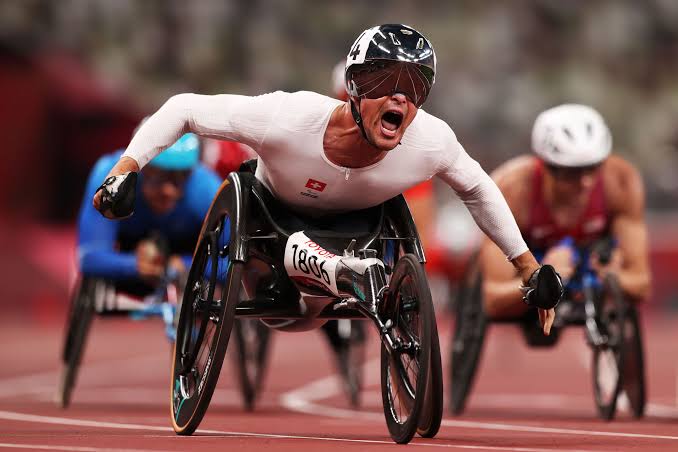
Major Accomplishments
Paralympians have been a synonym of the bar raised till date in comparison to achieving athletic excellence. In the Tokyo 2020 Paralympics, China emerged victorious by searing the medal tally at 207 medals, including 96 golds, ensuring that the country was no less than a best supporting one for its Paralympic athletes. New games have been introduced in the taekwondo and badminton divisions, thereby increasing the participation and winning options of the athletes.
Paralympics Future
Future Games and Locations
The future of the Paralympics looks bright with the games soon to be played. These include a 2024 Summer Paralympics in Paris, France, promising to be an event to remember, furthering excellence that has been solidified in the games since they first took place. The 2026 Winter Paralympics will be held in Milan-Cortina, Italy, bringing the games to a nation with a rich history for winter sports.
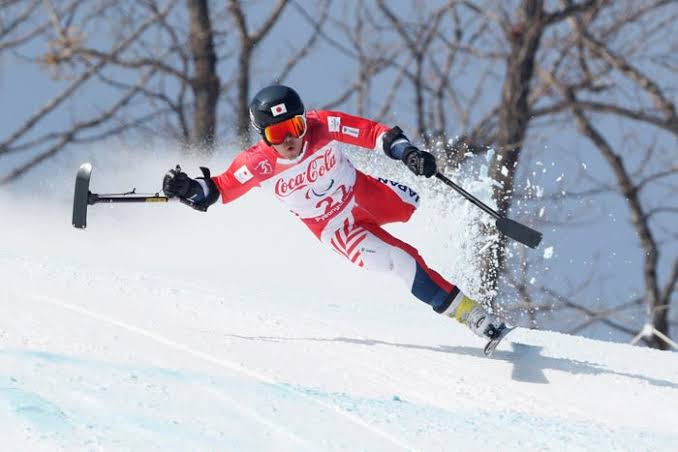
Potential Changes and Developments
With the Paralympics progressing further, a number of potential changes and developments lie in wait. Most of the efforts to continue increasing participation and accessibility will keep more athletes on the road to competition. Advances in technology and sports science will enhance performance and safety. Overall media coverage and social media engagement will increase the profile of the games and their global influence.
Conclusion
The Paralympics is not just a sporting event but more of a phenomenal movement flaunting the abilities and achievements of disabled athletes. Through their passion and excellence, Paralympians inspire all of us to move further in our lives against barriers and adopt the values of determination, courage, and equality. It will craft a more inclusive and diverse world, with continued support and engagement with the Paralympic movement reminding people for generations to come that sport has the power to change lives and societies for the better – creating opportunities for everyone to shine.
FAQs
So what are Paralympics?
The Paralympics is officially considered the biggest international multi-sport event for athletes with a disability, held every four years shortly after the Olympic Games. The Paralympic Games include Summer Paralympic Games and Winter Paralympic Games, engaging in a range of sports modified to be accessible to different types of impairments.
How does Paralympics classify athletes?
The classification of the athletes is a significant move that the Paralympics employ in an endeavor to ensure fair and competitive conditions within the Paralympics. The system comprised three categories: physical impairments, visual impairments, and intellectual impairments, which were further divided into subdivisions to adapt to different levels of abilities.
To whom can one give support to the Paralympic movement?
There are various ways through which support can be provided to the Paralympic movement. These include watching events, keeping an eye and spreading the Paralympic sports through social media, doing volunteer work in organizations aimed at supporting the athletes involved in the Paralympic movement, and donating money towards the development of disability sports. Secondly, through campaigns aimed at advocating for inclusive policies and practices within your neighborhood, you are helping instill the principles of the Paralympics.




